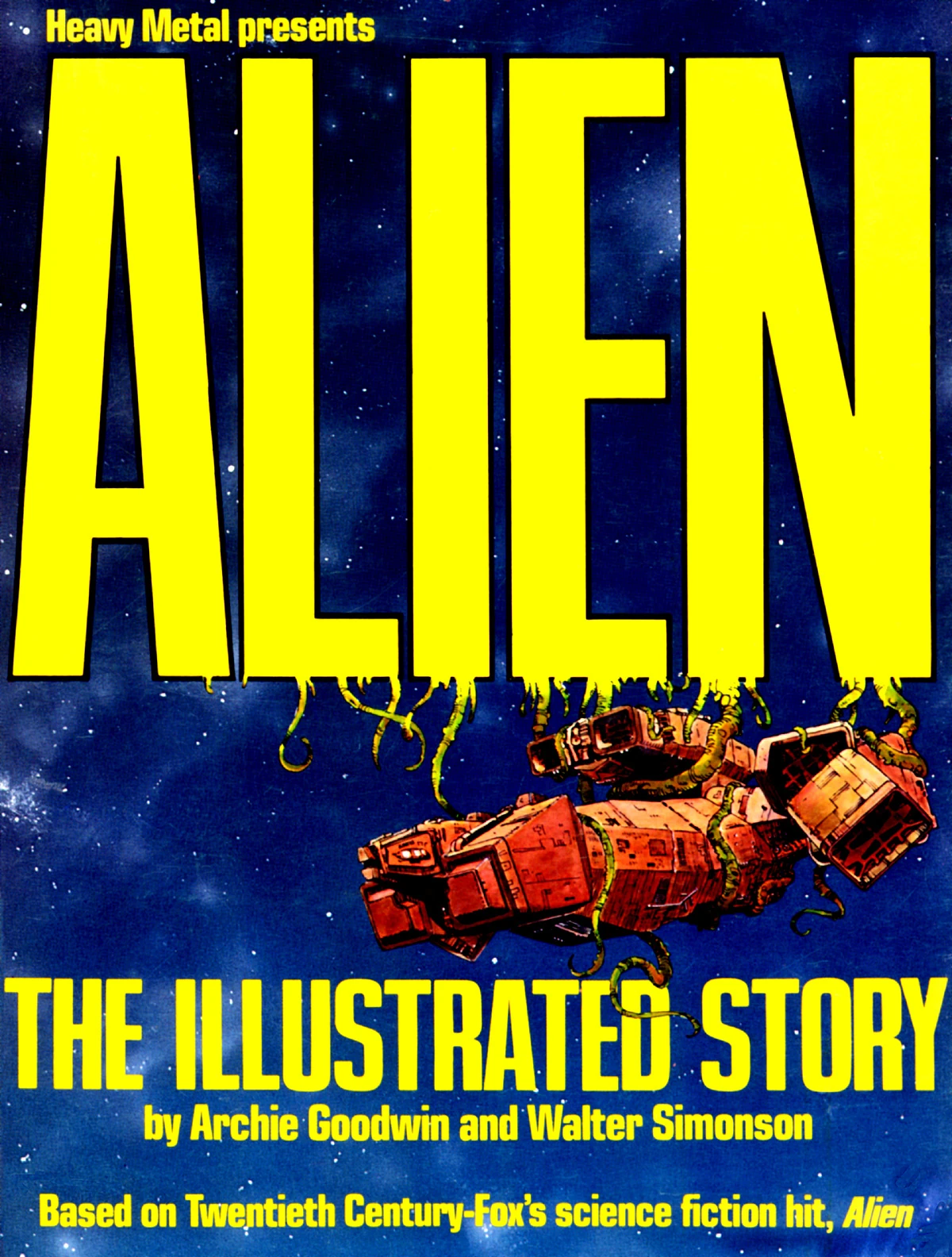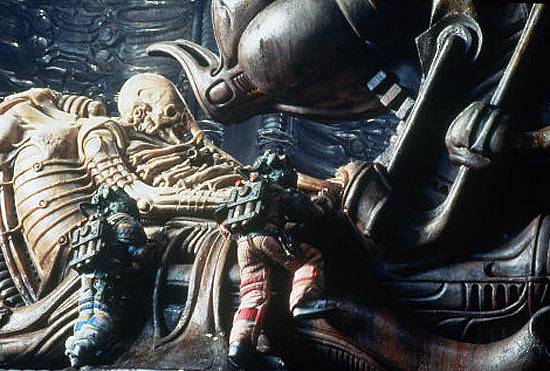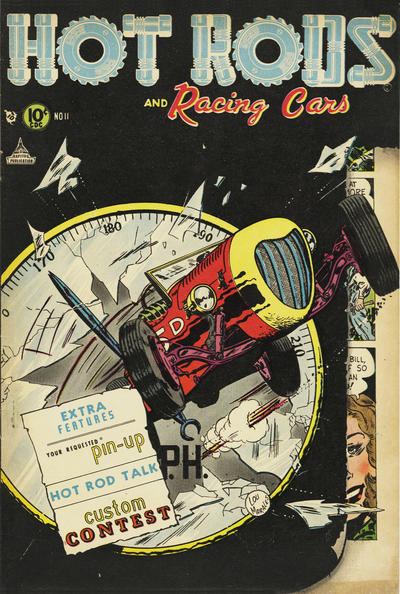The fifth and alas final volume of
Star Trek - The Key Collection from Checker brings adventures of the Enterprise crew from 1975 to 1977. The series from Gold Key goes through some profound changes during this time with a new artistic approach being brought to the series. To this time the Alberto Giolitti studio had been handling the artwork as they had done for any number of Gold Key projects, but a new artist Al McWilliams will become the mainstay of the series. Arnold Drake becomes the the regular writer of the series and wrote all the scripts in this volume.
Drake and Giolitti tell the story of a world of crystal people who are also artists who eschew the sciences. Sadly this has made them prey to a deadly crystal dragon who can read their thoughts. The Enterprise crew fights to save them despite the distrust of the natives. A weakness in this story is the oddly cartoonish way the crystal people are rendered.
Following a reprint issue the next new Star Trek story is a wild adventure that finds Scotty traveling back in time to the wild west and Kirk heading to the movie-making capitol of the world Hollywood in the 20th century. They are chasing some deadly weapon stolen and taken into the past, but to be honest the story was difficult to fathom at all times. Giolitti's art is inked by McWilliams giving an indifferent result, but pointing to the future changes.
After yet another reprint issue Drake is joined Alden McWilliams, and the duo are the mainstays on the series from then on. This is a weird story which as Kirk tapped to go undercover on a planet being infiltrated by Klingons and a new captain taking command of the Enterprise. It all works out in the end, but it's a roundabout path indeed.
The Enterprise chances upon a the body of a famous Earth scientist who was renowned not only for his intellectual accomplishments but also famous for his leadership of peace movements to end unpopular wars. No names were mentioned, but this seems clearly to be a spin on Albert Einstein and the war seems clearly to be the Vietnam conflict. But it turns out this scientist is not dead and the truth of his survival is even stranger still and poses a significant threat to the safety of Earth itself which the crew visit.
It's back to Earth again when the Enterprise needs repair and the crew gets some shore leave. Kirk is introduced to Dr. McCoy's daughter, a lovely xenobiologist who is working with a large telepathic creature which becomes crucial in saving the Enterprise, Mr. Spock and solving an old crime. It's a topsy-turvy story but the characterizations do seem legit to the series.
Now almost all of Gold Key's painted era were by George Wilson, but this one is not credited to him and the artist is unknown to me. The story is probably the heaviest in the volume and my favorite premise. A planet worships a god who is given credit for creating their civilization when suddenly a giant space ship arrives and their god is there before them, a member of a race who claim the planet itself because of prior occupancy. They are repelled, but not before it makes the people of the planet nearly mad because of the loss of their religion.
This is a zany story about a race which due to a strange radioactive deposit is aging backwards until at the time the Enterprise arrives the world is occupied exclusively by children and led by same. The team tries to help but fall victim quick de-aging themselves before they can solve the problem.
The final story in this final Key Collection is issue forty-three dated February 1977. It deals with a race of people who voluntarily turned themselves into water-breathers to escape deadly stellar radiation and carefully monitor the birth of all children not adapted to the sea. But it seems some do survive and a small but growing group of air-breathing folks do point to a new way forward. This story brought back McCoy's daughter who was specifically assigned to the Enterprise for this mission. This time however she brings with her an enmity for her father for his dedication to his career which deprived her of his attentions as a child. There was no hint of this in her first appearance.

When this series began it was a full decade before in 1967 and the world was much different. In the time of these issues the United States has suffered through Watergate, an OPEC oil crisis, and a generally downward trending economy. Despite even a bicentennial celebration the mood of the U.S. was not all that great. I'd matured, gone to high school, started college and had gotten married in that time. I quit buying Star Trek comics after the first issue mentioned in this review, perhaps because of the change in artists, or more likely the need to economize. I wouldn't buy a Star Trek comic again until I picked up the adaptation of the movie, a movie made possible by the stalwart support of the fans over many years and the success of Star Wars. I have followed Star Trek over the years, but in the final analysis I'm a fan of the original series and these days pretty much ignore the successors.
Rip Off



















































